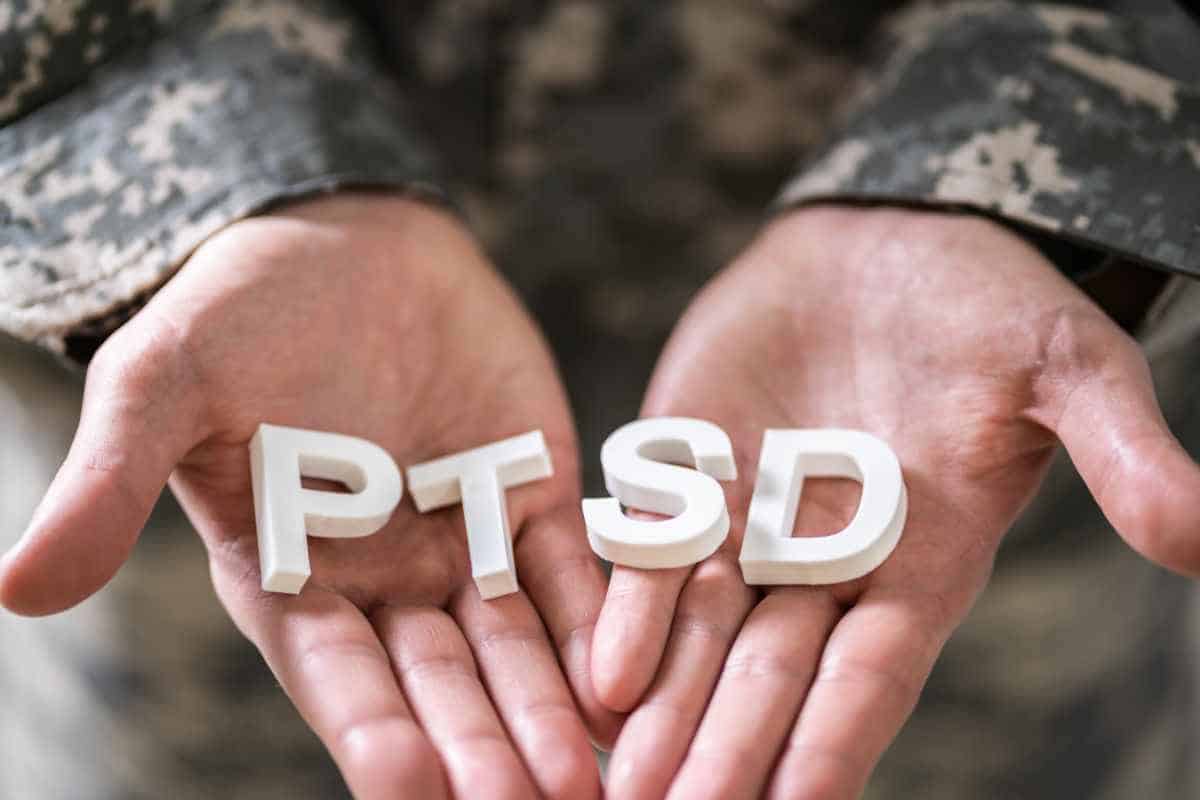According to the National Institute on Drug Abuse, around 2.7 million people aged 12 or older in the United States had opioid addiction in 2020. Overdose deaths also increased this year. The opioid epidemic has not relented during the COVID-19 pandemic. Millennials (people who were born between 1981 and 1996) are the hardest hit demographic group.
Some speculate that this is because more millennials struggle with economic insecurity than previous generations. This strain leads to a higher risk of mental health problems, substance abuse, and suicide in Millennials.
The Origin of the Problem
The generation of Millennials grew up while the country saw pharmaceutical companies releasing prescription opioid painkillers to the market. Accessibility to these drugs became commonplace. Within a few years, opioid addiction even became a public health crisis with devastating consequences.
The fix came much too late for the problem. Although the U.S. Department of Health and Human Services has been promoting alternatives for pain management and improving access to recovery services, unfortunately, the opioid epidemic shows no sign of slowing down. New synthetic opioid drugs kept emerging. For example, pharmaceutical fentanyl, a painkiller developed for cancer patients and is 100 times stronger than morphine, has been misused widely, even among young people. During the COVID-19 pandemic, online sales of illicit drugs have caused an increasing number of overdose deaths among teens.
Economic Insecurity and Mental Health Crisis
Millennials are more likely to live under the weight of student loan debt. They are the generation bearing the increasing cost of higher education in the United States. This means that even after they enter the labor force, many people have been paying half of their income toward loan payments. For millennials who started their career, this became a financial strain. There also tends to be a chain effect of not affording a home or starting a family.
Even though one-third of the American workforce are millennials, a large proportion of them faces continued financial instability, including unemployment, high cost of health care, rising housing costs, and economic recessions. In the general public, around 30 percent of people who are prescribed opiates for chronic pain will misuse them, and around 12 percent tend to become addicted. These percentages only worsen among millennials.
Society-Wide Intervention Measures
Due to the complex and multifaceted nature of this opioid epidemic among millennials, there needs to be society-wide intervention and awareness campaigns. Because millennials are raising the next generation, addiction or poor mental health in the millennial generation may negatively impact future generations to come. The cycle of despair among young adults must be broken, and there are a few ways society can implement positive change to break this cycle
First of all, millennials may be considered a high-risk demographic group for mental health and substance abuse disorders. There would be more behavioral screenings as a routine part of primary care, which can be made readily available at all colleges, universities, and workplaces so that millennials can have access to such care. Greater use of telemedicine might fill in the gap well.
Secondly, economic aid programs could be expanded to alleviate millennials’ economic burden, which is one of the root causes of the opioid epidemic in millennials. Student loan forgiveness plans may be a significant help in the economic aid program as well.
For SUD prevention, federal and state governments can start by supporting families. The economic strain families are seeing today is a large reason why so many millennial parents are turning to drugs and alcohol, or feeling like they have no way out. This disproportionately affects children and will have lasting impacts on future generations.
Most importantly, there need to be stricter restrictions on medical providers’ prescribing opioid drugs. Further education for the public and doctors alike can help with this.
Surviving the Heroin Epidemic
Among all opiates, heroin addiction has been spiking in the past decade. Because heroin is expensive, people who use it tend to have financial difficulties which can result in other risky behaviors such as committing crimes to fuel their addiction. Although it is treatable, heroin addiction may leave detrimental effects on the body and the mind.
If you are concerned about a loved one having heroin addiction, you should intervene as early as possible. Seek help from a professional interventionist who uses non-confrontational techniques to persuade someone for accepting treatment. In terms of treatment, there are medications health professionals use to treat heroin addiction. For example, methadone, buprenorphine, and naltrexone have been found to reduce opioid use symptoms, including the risk of infectious disease transmission that often accompanies opioid drugs use.
People with opioid addiction are more likely to relapse even after achieving sobriety. This can lead to overdose. Non-opioid medicine such as lofexidine is designed to reduce opioid withdrawal symptoms. The cost of opioid treatment can be quite high, in addition to other potential costs, such as injuries associated with intoxication and lost productivity at work. According to the Centers for Disease Control and Prevention (CDC), the total cost of treating or dealing with prescription opioid addiction in the United States is around $78.5 billion a year.
Millennials have become a high-risk demographic group for opioid use disorders. If you are concerned about a loved one having opioid addiction, you should intervene as early as possible. It is always better to seek help from recovery experts who have experience in treating opioid addiction. There are safe medications such as methadone, buprenorphine, and naltrexone that have been found to reduce opioid use symptoms, including the risk of infectious disease transmission that often accompanies opioid drugs use. Work with health professionals who value a holistic approach by integrating medical assistance and mental health care into the treatment plan. Getting connected to a strong recovery community can highly boost your loved one’s chance of sustainable, long-term recovery. Sober Life Recovery offers this kind of support. We are experienced in family-based intervention. We also have a strong peer support group and alumni program. You do not look further than Sober Life Recovery. Call today at (619) 542-9542.













